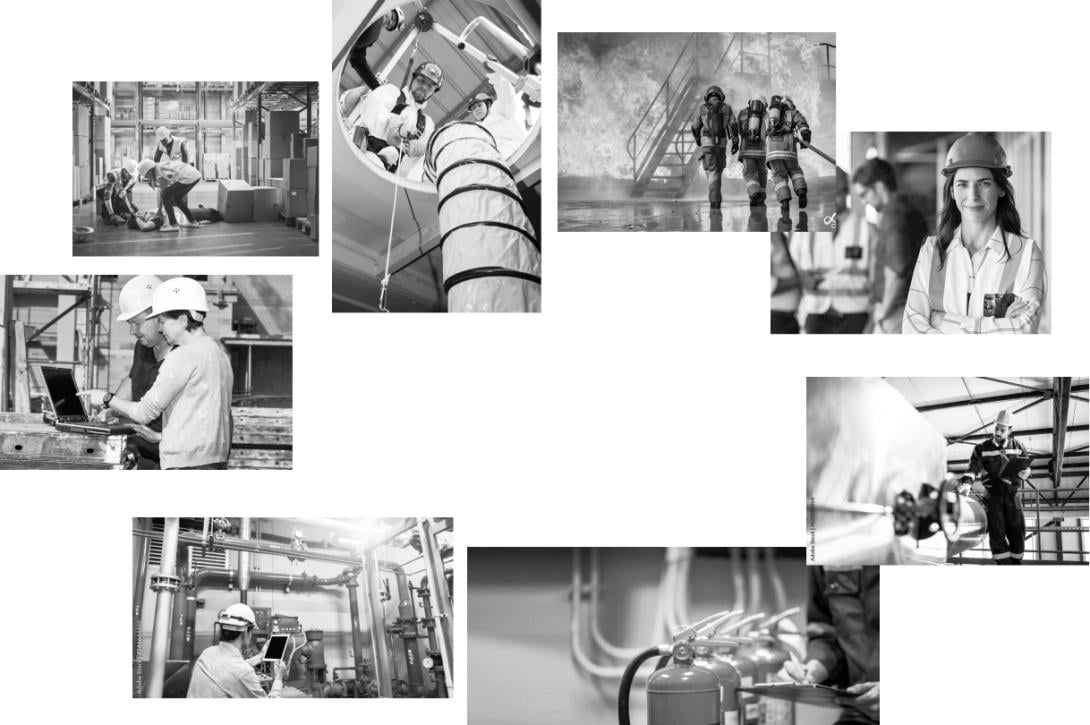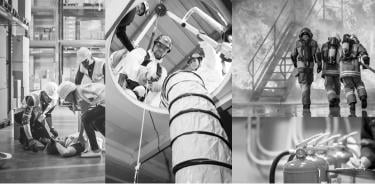Créer pour tous un environnement de confiance
C'est le cap et l'ambition que nous nous fixons pour répondre à vos enjeux en termes de cybersécurité, sûreté, gestion des risques et des crises, hygiène sécurité environnement, incendie & explosion.
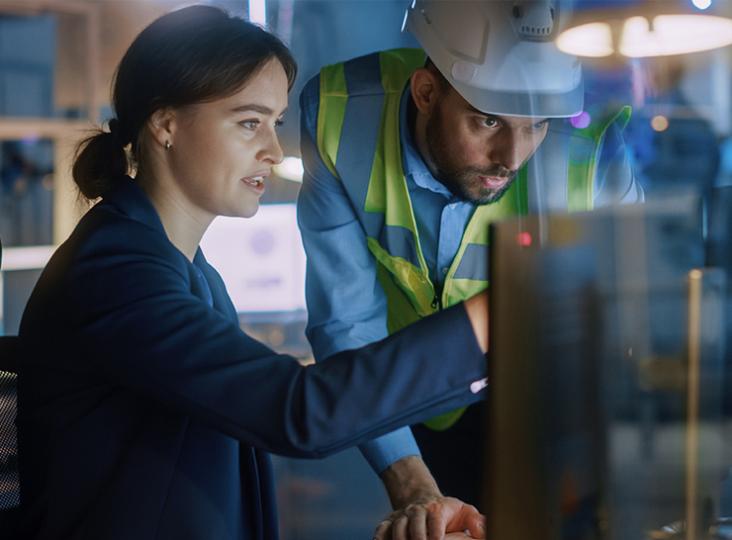
Acteur international de référence en prévention et maîtrise des risques, nous avons la chance de rassembler dans un même groupe une diversité d’activités permettant de conjuguer les expertises métiers. Implantés sur un site unique en Europe, nous proposons des solutions globales à nos clients pour répondre à leurs enjeux d’aujourd’hui et de demain sur l’ensemble des domaines de risques.
CNPP vous accompagne
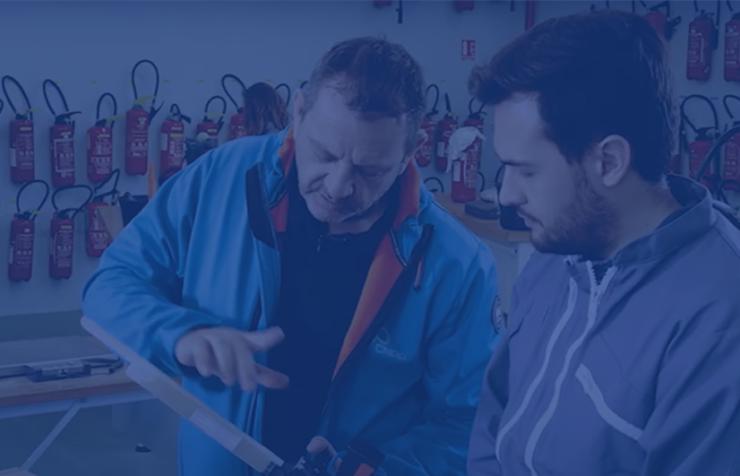
Les savoir-faire techniques et opérationnels de nos équipes sont au cœur de la valeur ajoutée de nos prestations.
En lien avec notre écosystème, nous capitalisons sur nos expériences pour imaginer et proposer les meilleures solutions.
Cette valeur reflète notre orientation client, notre capacité d’écoute et d’adaptation pour répondre à leurs besoins.
Cette proximité nous permet de créer des liens de confiance durables.
Par leurs talents, les femmes et les hommes de CNPP incarnent, avec enthousiasme la culture de la prévention et de la maîtrise des risques.
Cette passion partagée donne du sens à leurs actions au service de nos clients et de nos partenaires.
Les activités de CNPP

Conseil & Formation
Nous vous accompagnons au travers de diagnostic, d’aide à la décision et de formation. Nous coconstruisons avec vous les meilleures réponses face à vos enjeux de sécurité et vous adressons des solutions sur-mesure en intégrant des missions de conseil, de formation à distance ou en présentiel.
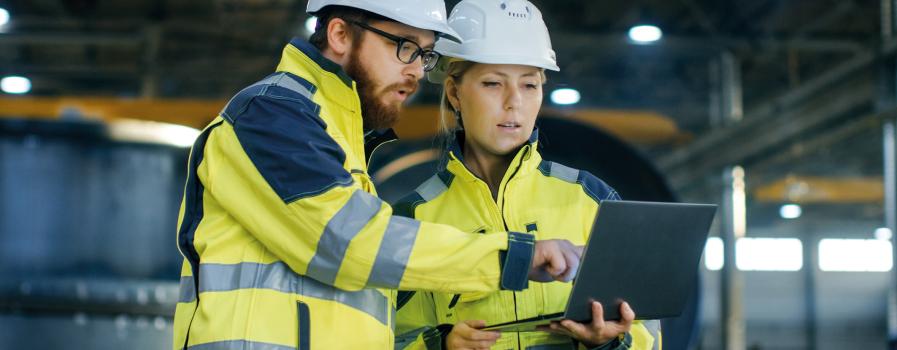
Test Inspection Certification
Tierce partie indépendante, nous mettons à votre disposition plus de 800 moyens d’essais pour vous faire bénéficier d’une reconnaissance de qualité et de performance sur vos marchés. Nous évaluons et vérifions la performance et la conformité de vos produits et systèmes et les valorisons au travers de nos marques de certification.

Édition & Presse
Des dizaines de titres autour des thématiques incendie, sûreté, cybersécurité... proposés au travers de collections adaptées à vos besoins, pour informer et sensibiliser vos équipes, garantir l’efficacité de vos organisations, exploiter les retours d’expérience…
Certification de produits, de services, de compétences, d’organisations…
Découvrez les listes des acteurs certifiés par CNPP Cert.
Découvrez les listes des personnes diplômées en thermographie infrarouge.

Une question ? Une demande de devis ?
Nous sommes à votre écoute pour étudier votre problématique et vous apporter une réponse adaptée.
CNPP est-il un organisme public ou privé ?
CNPP est un organisme privé dont les activités en prévention et maîtrise des risques s'articulent autour de plusieurs métiers : Conseil & Formation, Test - Inspection - Certification, Édition & Presse.
Quel est le lien entre CNPP et l’assurance ?
Plus de 90% des membres de l’association CNPP sont des entreprises d’assurances, adhérentes de France Assureurs (FA).
Quel est le statut juridique de CNPP ?
Plusieurs entités composent CNPP :
- CNPP Association : association sans but lucratif, créée par les assureurs en 1956, reconnue d’utilité publique en 1961 (services centraux, missions d’intérêt général, certification, qualification). CNPP cert. : est une filiale à 100% pour les activités de certification
- CNPP Entreprise : filiale à 100% pour les prestations les plus concurrentielles : études et recherches, évaluation de conformité, formation, information et accompagnement.
- Société de la Corne Haute : filiale de CNPP Association et CNPP Entreprise dédiée au foncier et à l’immobilier.
